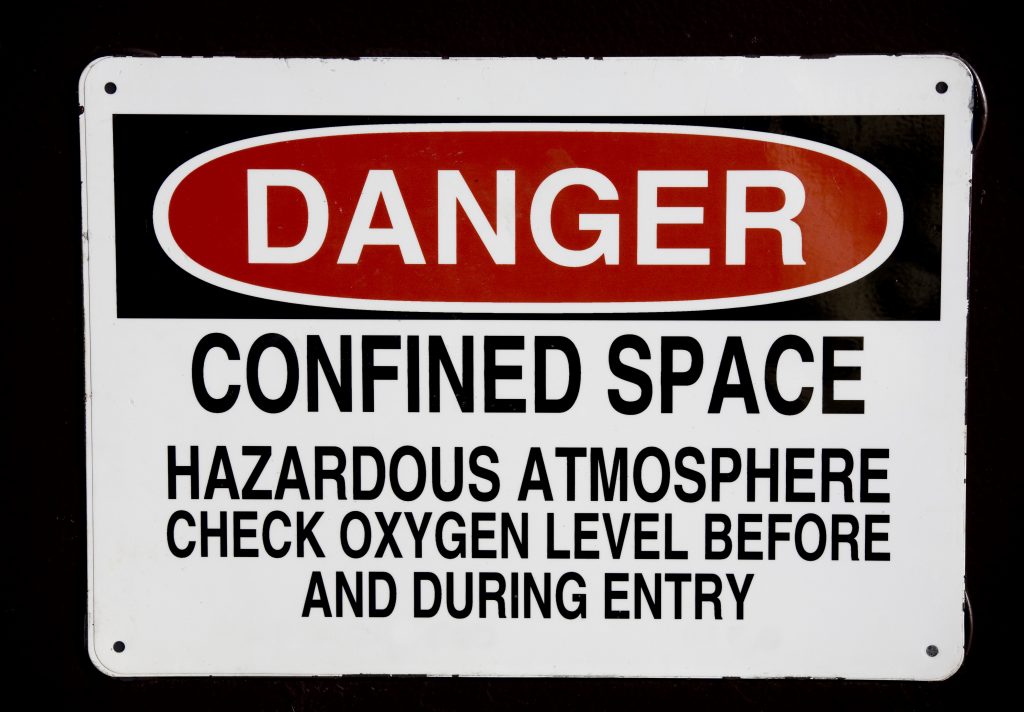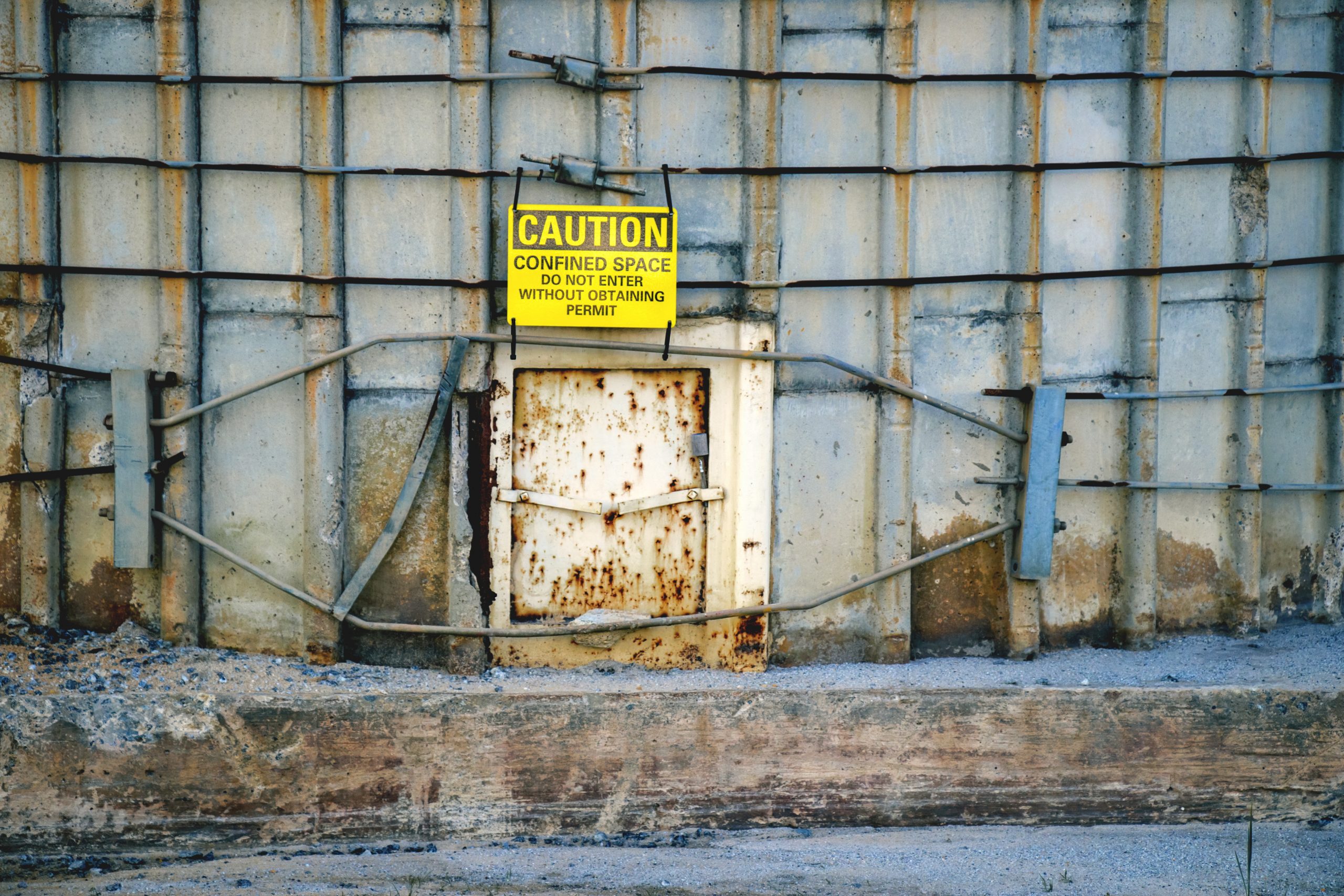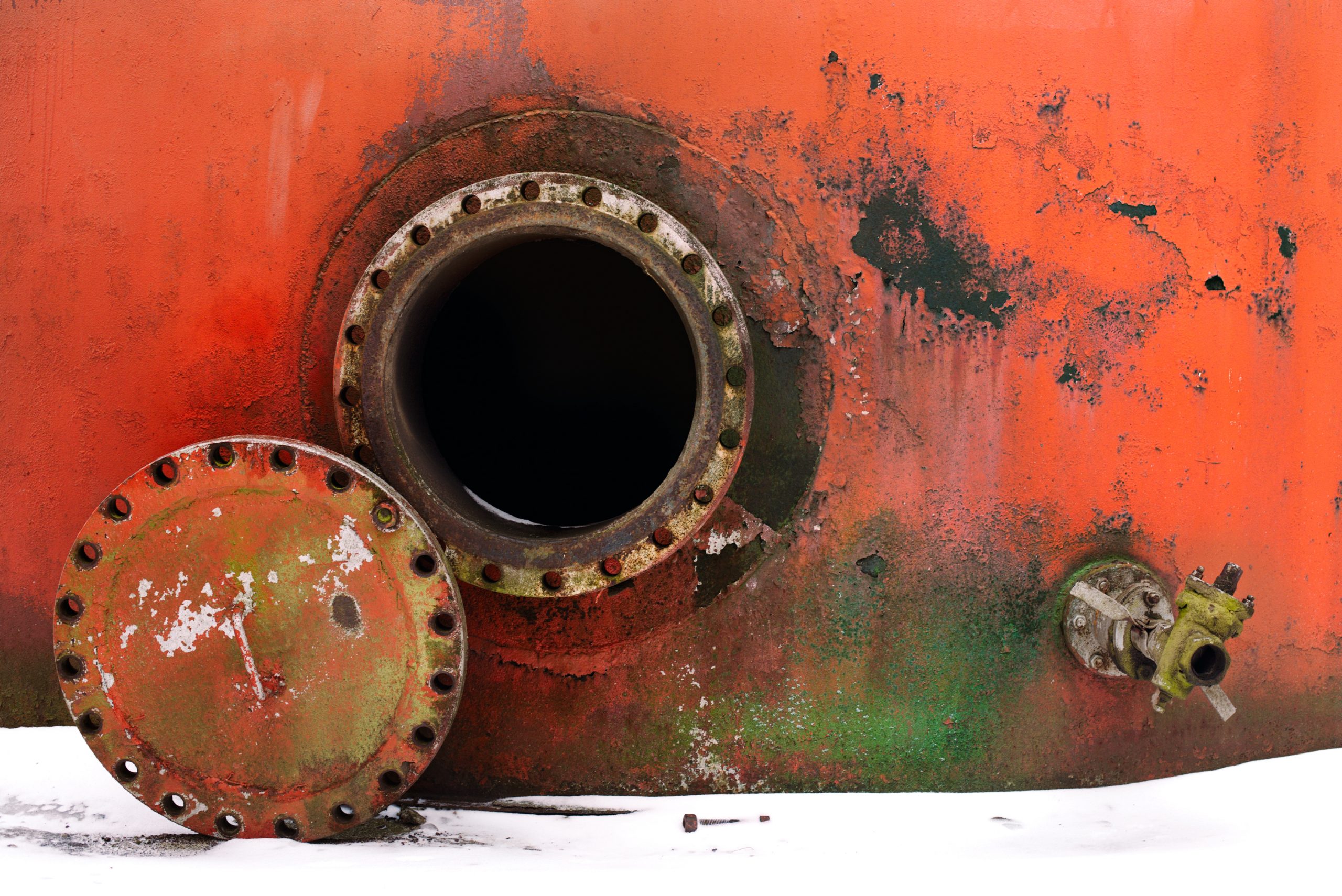Introduction
Enclosed space entry is an operation carried out on ships where personnel enter confined spaces for tasks such as inspection, cleaning, and maintenance. In this article, we will explore how these entries are performed onboard and how they can be made safer.
Key Takeaways
-
Enclosed spaces are confined spaces with limited access points and dangerous atmosphere
-
They are very dangerous for occupation unless done with proper planning and equipment
-
Enclosed space entry permits ensure enclosed space entries are performed while following all safety precautions
-
It is important to develop a safety-centric mindset to prevent incidents during enclosed space operations
What is an enclosed space?
An enclosed space on a ship has the following features.
-
Limited entry and exit points
-
Insufficient ventilation
-
Not designed for regular occupancy
-
Presence of toxic or combustible gases
Some examples of enclosed spaces onboard vessels are
-
cargo tanks
-
ballast tanks
-
fuel tanks
-
cofferdams
-
pump room
-
void spaces
-
engine crankcases
-
chain locker
-
battery rooms
-
freshwater tanks
-
paint locker
-
chemical locker
-
boiler furnace
Dangers of enclosed space entry

Enclosed spaces can develop a dangerous atmosphere due to their nature. Insufficient ventilation can cause suffocation to visitors. If combustible gases are present, they can lead to explosions and fires, even when the gases are on the other side of a bulkhead. All these factors must be considered when planning an operation in enclosed spaces.
Enclosed space entry permit
The enclosed space entry permit is a document to regulate personnel entry and operation in enclosed spaces to prioritize safety. It has several sections that cover the entire enclosed space entry operation from preparation to debriefing.
The permit provides a standard template that includes all hazards associated with the entry, how the risks can be mitigated and the operation performed in a responsible manner. As a result, a responsible officer prepares the enclosed space entry permit. The Master also countersigns it before the entry into the enclosed space takes place.
On ships, enclosed space entry permits have limited validity and must be prepared again when the validity expires.
How to perform enclosed space entry?
The enclosed space entry permit provides the best guidance for a perfect enclosed space entry. However, permits change from company to company. A good permit covers all the important aspects and requirements for safe entry into enclosed spaces.
A general enclosed space entry permit encompasses the various steps in the process such as the preparation, entry, operation, exit, and job completion. This enables the team to monitor and control how the job is planned and prepared for. Let us take a look at what is included in a typical enclosed space entry permit.
Preparations for enclosed space entry
The first section in enclosed space permits relates to preparing an enclosed space for entry. This section includes checks to be performed before entry. Some of these are as follows.
-
The space’s atmosphere must be suitable for entry. The ship crew performs gas checks to ensure that the concentration of toxic gases, hydrocarbons, and oxygen is within safe limits (Oxygen – 20.9%, CO – 0 PPM, H2S – 0 PPM, Hydrocarbons – 0% LEL)
-
The space has been isolated from all pipelines and electrical switchboards through reliable means. It is also important to lock the position of valves and breakers in an isolated position to prevent accidental operation
-
Cordoning off the space access point where accidental entry is probable due to a fall
-
Sufficient cleaning of the space
-
Arrangements are in place to ensure constant ventilation and a safe atmosphere during work sessions and after work breaks
-
Suitable means for access and illumination within the space
-
Presence of resuscitation and firefighting equipment by the space entry point (EEBDs, SCABA set, portable fire extinguishers, etc.)
-
Designation of an attendant to monitor entry/exit and constant communication with personnel
-
Intimation to the duty officer of the planned entry
-
The establishment and testing of a communication system between the different parties. Agreement on emergency signals
-
Procedures for emergency and rescue are agreed upon and understood by all parties involved with the enclosed space entry
-
Condition of equipment and tests before entry
-
Donning of proper PPE for the job
A responsible officer performs the above checks. The officer repeats the tests if the time between checks and entry is long.

Checks right before entry
The person entering the enclosed space and the attendant must check for any safety issues before entry. The following checks are recommended.
-
The person nominated for entry has received permission and instruction from the Master or the responsible officer
-
All the steps in the previous section have been performed satisfactorily
-
The communication procedures and the reporting interval are well understood at the access point
-
The conditions that require an immediate evacuation such as ventilation failure/changes in atmosphere are agreed upon
NOTE: ENCLOSED SPACES THAT HAVE NOT BEEN TESTED MUST BE ASSUMED UNSAFE FOR ENTRY.
Checks during operation
When the work is in progress in an enclosed space, the following checks must be made regularly.
-
Gas checks at different levels on a timely basis and logging down of concentrations
-
Communication checks with personnel inside the enclosed space
-
Communication with involved responsible officers and watch officers regarding job status and crew inside the enclosed space
Checks upon exit
Once the job has been completed, the responsible person must ensure that the following actions are performed.
-
Removal of all equipment from the enclosed space
-
Logging down of job completion and exit time of all crew members from the enclosed space
-
Closing of the enclosed space entry permit
-
Securing enclosed space to prevent accidental entry
-
Intimation to watch officer of job completion and space closure
-
Putting back all the items such as Breathing apparatus, fire extinguishers, and recovery pulley to their designated locations
-
Restoring isolated systems to their normal state
Conclusion
Knowing how to perform enclosed space entries is safety-critical as it is a high-risk operation. To reduce this risk, the crew members must follow established procedures, maintain communication, and ensure meticulous equipment checks.
It is the job of the senior officers to develop a sense of vigilance and responsibility to prevent enclosed space-related incidents. One way to do this is through frequent drills using a variety of scenarios. Such drills improve the readiness and response capabilities of the ship crew.
A strong commitment to safety protocols will positively impact not only the outcome of such operations but also organizational reputation.

Leave a Reply